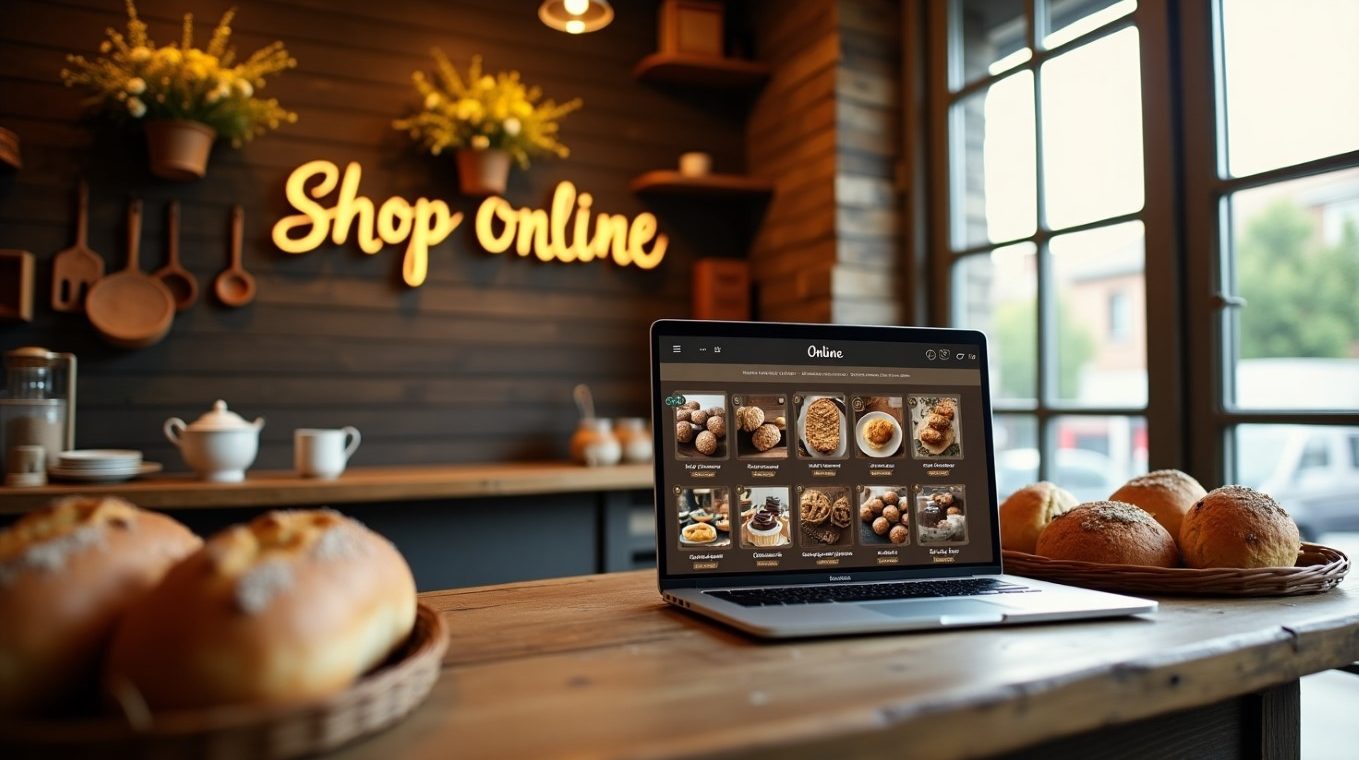For local businesses, having a strong online presence is no longer optional—it’s essential. A well-designed website tailored to your community can drive foot traffic, foster trust, and help your business stand out in a competitive market. Here’s how web design specifically optimized for local businesses can attract and engage customers in your area.
1. Showcasing Local Identity
Your website should reflect the unique character of your business and its connection to the community. Use local imagery, references, and testimonials to create a sense of familiarity and belonging. Highlighting your involvement in local events or partnerships with nearby organizations reinforces your commitment to the area.
2. Making Information Easily Accessible
Local customers often visit your site for essential details like operating hours, address, and contact information. Ensuring these details are prominently displayed and easy to find can make a big difference. Adding features like an embedded Google Maps widget or a click-to-call button simplifies the process for users, encouraging them to take action.
3. Optimizing for Local Search (Local SEO)
A key aspect of web design for local businesses is integrating local SEO strategies. Including location-specific keywords, creating a Google My Business profile, and featuring your business’s address and phone number prominently can improve your site’s visibility in local search results. This makes it easier for customers in your community to find you online.
4. Highlighting Customer Reviews and Testimonials
Local customers trust recommendations from their peers. Including testimonials from satisfied clients or reviews from platforms like Google or Yelp on your website builds credibility. A dedicated section showcasing positive feedback reassures potential customers about the quality of your products or services.
5. Mobile-Friendly Design
Many local customers search for businesses on their smartphones while on the go. A responsive, mobile-friendly design ensures your website looks great and functions seamlessly across all devices. Features like fast-loading pages and simplified navigation keep users engaged and prevent them from bouncing to competitors.
6. Showcasing Local Promotions and Events
Use your website to highlight special offers, discounts, or events tailored to your local audience. Creating a dedicated section for promotions or a calendar of upcoming events not only drives traffic but also encourages community engagement.
7. Adding Interactive Features
Interactive elements like online appointment booking, order forms, or chatbots can enhance customer convenience. For example, a restaurant might allow customers to place takeout orders online, while a salon could let clients book appointments directly through the website. These features streamline the customer journey and make it easy to choose your business over others.
8. Leveraging Social Media Integration
Connecting your website to your social media channels allows local customers to follow your updates, promotions, and events in real time. Embedding social feeds or adding share buttons encourages visitors to engage with your brand across platforms, amplifying your reach within the community.
9. Using Visual Storytelling
High-quality images and videos that showcase your products, services, and team create a personal connection with visitors. For example, a local bakery could feature a behind-the-scenes video of their baking process, while a fitness studio might include a photo gallery of their classes. Visual storytelling fosters trust and makes your business more relatable.
10. Creating a Call to Action (CTA) Tailored to Local Customers
A strong, localized call to action encourages immediate engagement. Examples include “Visit us on Main Street today!” or “Call now for same-day service in [Your Town].” Clear and actionable CTAs guide users toward taking the next step, whether it’s visiting your location, making a purchase, or contacting you.
Conclusion
Web design for local businesses isn’t just about aesthetics—it’s about creating meaningful connections with your community. By showcasing your local identity, optimizing for local search, and providing features tailored to customer needs, your website becomes a powerful tool for attracting and retaining local customers. Investing in a well-designed site helps your business thrive in the digital age while strengthening your roots in the community.

